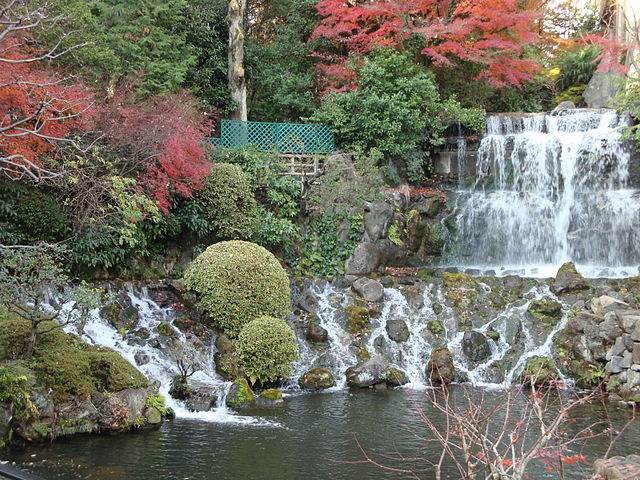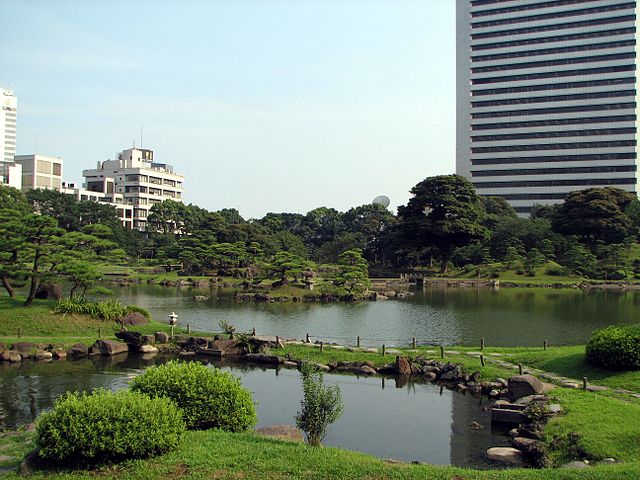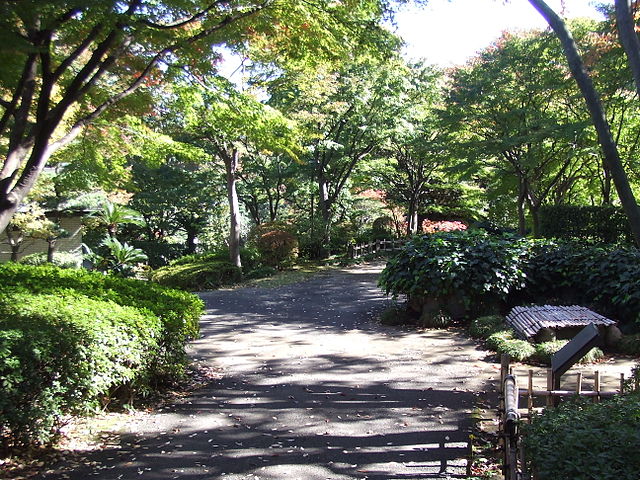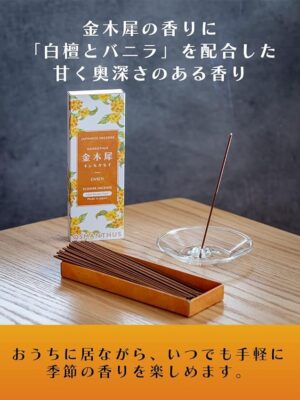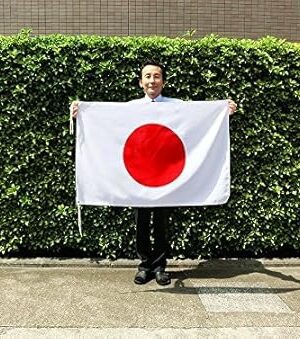A Verdant Japanese Garden in Tokyo
Higo-Hosokawa Garden is a beautiful old Japanese garden from the Higo Hosokawa family with a beautiful pond many trees and open space.
Share this Post
Information on Higo-Hosokawa Garden
-
Address:
1-1-22 Mejirodai, Bunkyo-ku
-
Contact:
03-3941-2010
-
Open hours:
Feb. – Oct. 9am – 5pm (entry until 4:30pm)< /br>Nov. – Jan. 9am – 4:30pm (entry until 4pm)
-
Closed:
Dec. 28 – Jan. 4)
-
Entrance fee:
Free of charge
Flower Calendar of Higo-Hosokawa Garden
- Spring : Japanese apricot, Cherry blossom, Higo camellia, Higo Chinese peony
- Summer : Higo iris, Linden, Southern magnolia, Magnolia obovata
- Autumn : Higo sasanqua, Maple, Japanese wax tree
- Winter : Pine trees with Yukitsuri (supporting ropes tied to trees to protect from the snow)
Table of Contents
Background and History of Higo-Hosokawa Garden
This property was used as a second residence by Hosokawa Etchuu no Kami, a feudal lord from Higo-Kumamoto whose yearly income was about 540,000 koku (one koku is roughly the amount o rice necessary to sustain one adult person for one year) during the final years of the Edo period. With a pond at the center of Higo-Hosokawa garden, you can enjoy the contrast of the pink and white plum blossoms in early spring and the cherry trees that decorate the mountains then give way to a summer of rest greenery, Higo irises blossom in summer, then Japanese wax trees and Maples color the garden in autumn. In winter you can see traditional Yukitsuri (supporting ropes tied to trees to protect from he snow) of the garden’s pine trees, making for a garden that truly can be enjoyed year-round. In January of 2016, they proudly reopened the recently restored Shouseikaku, which still looks the same as it was during the Taisho period. You are invited to view the garden from the panoramic balcony on the second floor of the Shoseikaku.Features and Sights to See at Higo-Hosokawa Garden
The garden that proclaims the legacy of the Hosokawa clan, the Higo-Kumamoto domain lords
The gardens make the most of the varied landforms and use the wide area as mountains to create a multi-dimensional landscape. The garden is designed as a circular garden and one of the paths is like a worn line in the grass. It is a watering-style garden and the pond is filled with natural spring water.The garden was designed to be reminiscent of a painting by Sugitani Sessho, the Olivia’s painter of the last feudal lord of Kumamoto.

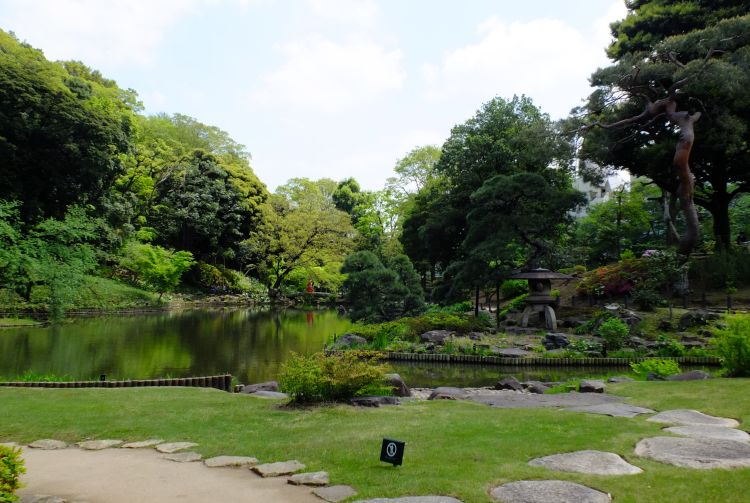
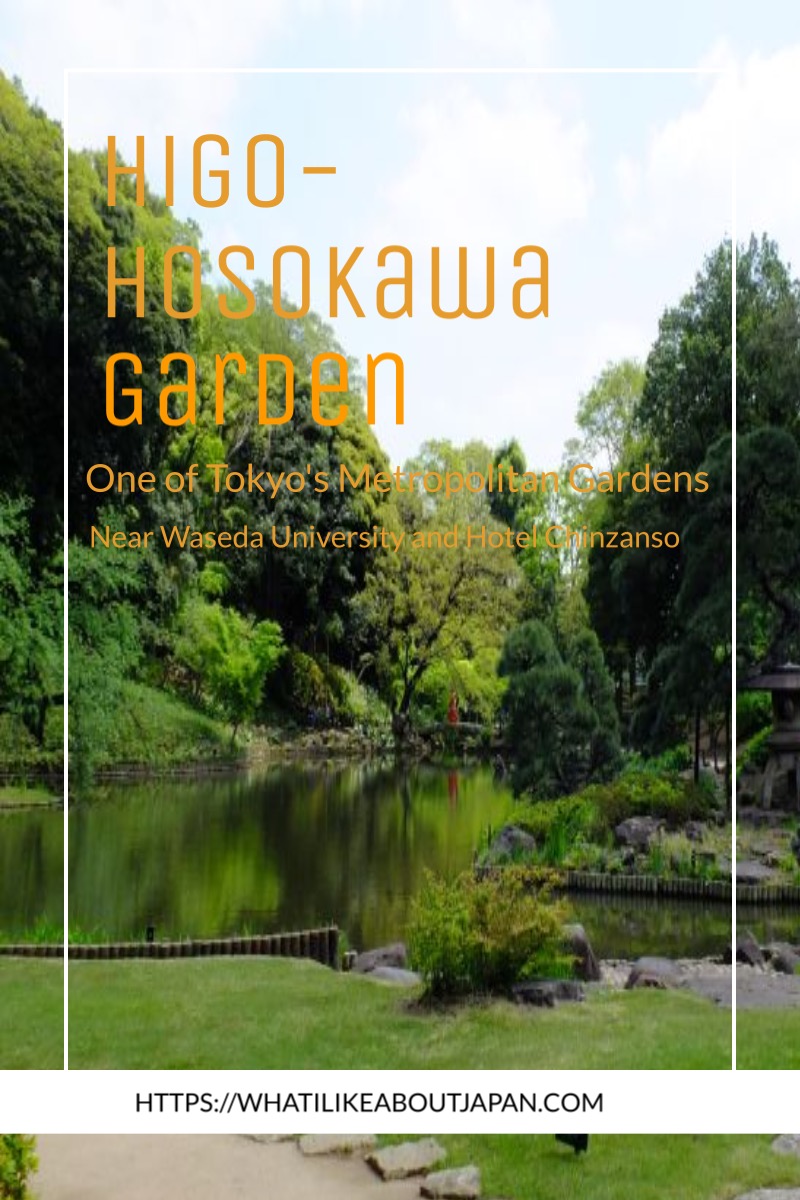
![[商品価格に関しましては、リンクが作成された時点と現時点で情報が変更されている場合がございます。] [商品価格に関しましては、リンクが作成された時点と現時点で情報が変更されている場合がございます。]](https://hbb.afl.rakuten.co.jp/hgb/1927f3c8.c3eb4e99.1927f3c9.b9752ee4/?me_id=1296645&item_id=10001833&m=https%3A%2F%2Fthumbnail.image.rakuten.co.jp%2F%400_mall%2Fmyu-mie%2Fcabinet%2Fshouhin-gasou%2Fseptember1%2Fimgrc0076905028.jpg%3F_ex%3D80x80&pc=https%3A%2F%2Fthumbnail.image.rakuten.co.jp%2F%400_mall%2Fmyu-mie%2Fcabinet%2Fshouhin-gasou%2Fseptember1%2Fimgrc0076905028.jpg%3F_ex%3D240x240&s=240x240&t=picttext)

